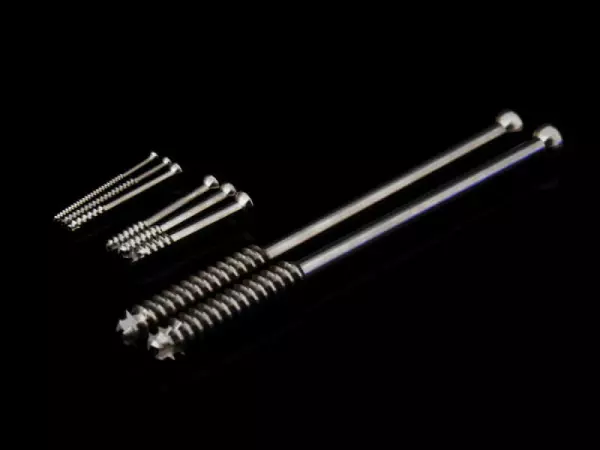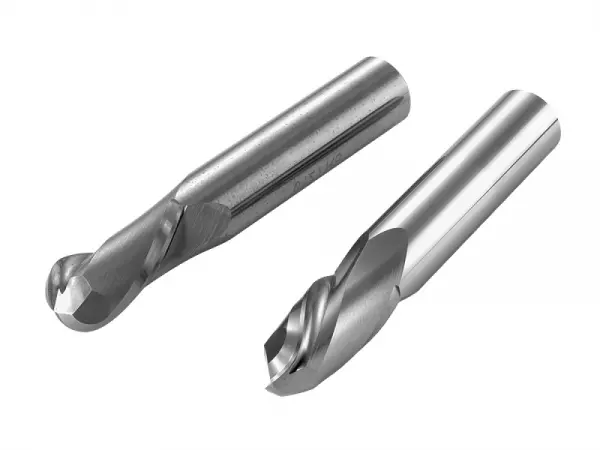
Higher quality finishing / finishing processes...
Higher quality finishing / finishing processes of surgical instruments / implants Refining or ref...
Portal and digital medical technology fair of the largest MedTech cluster in Germany

Higher quality finishing / finishing processes...
Higher quality finishing / finishing processes of surgical instruments / implants Refining or ref...

Rounding of workpieces and Rounding of cutting...
With edge rounding, we distinguish between the following: Rounding of cutting edges The object...

Workpiece rounding is a process used to produce curved shapes on a piece of metal. The most common type is the arc-rounding process. This process allows a machine to turn high-nickel alloys to a radius of 1,000 sf/m, while minimizing the volume of material removed. However, this method is not always satisfactory. The part can be damaged as it is subject to stresses and cracks in the connection zone.
Several factors influence the rounding action of a workpiece. The feed rate of the worktable, the stock removal, and the rotational speed of the workpiece must be optimized to minimize workpiece rounding errors. In order to achieve optimum roundness, different conditions must be used in the grinding process. The effects of these variables are studied through simulation and experiments. A comprehensive analysis of these parameters also includes elastic deformation of the machine.
A computer simulation study was conducted to examine the workpiece rounding process in centerless grinding. Reeka and Bhateja demonstrated the importance of cycle length in achieving satisfactory workpiece roundness. Both studies utilized detailed modeling and simulation to understand the effect of various process parameters on the rounding process. Furthermore, Frost and Fursdon suggested that workpiece rounding could be optimized by adjusting the length of the grinding cycle. This will ensure that the workpiece has minimum out-roundness after the rounding process.
A method of edge-rounding is a good option when the edges of a workpiece intersect at right angles. In some cases, the radius milling unit is used to finish the edges of the workpiece. The resulting surface profile will be flat. In addition to chamfering, angle-rounding can also be used to make the intersection of two surfaces asymmetric. These methods are best suited for finishing the corners and edges of a workpiece, but if you're not happy with your rounding process, try to find a more suitable solution.
An angle-rounding tool is a turning tool that cuts the workpiece from an angle. It has a curved cutting edge that intersects two surfaces. The radius milling unit can then round the angles of both surfaces. This rounded surface is often referred to as a conventional chamfer. Its concave cutting edge is connected to the two ends of the cutting tool. This turns the corners of a workpiece to a desired degree.
Another type of angle-rounding technique is using a milling tool. This method includes a body with teeth arranged in a regular pattern on the axis of rotation. Its grit surface may be concave or convex. It is important to support the diamond 100 to prevent it from falling. In this case, the girdle pots can be mounted together or stacked. The workpiece's radius of rounding can also be defined in the process.
Become a digital exhibitor yourself in the online portal of the largest and best-known MedTech cluster region in Germany and inform the world of medical technology about your products and services as well as about news, events and career opportunities.
With an attractive online profile, we will help you to present yourself professionally on our portal as well as on Google and on social media.